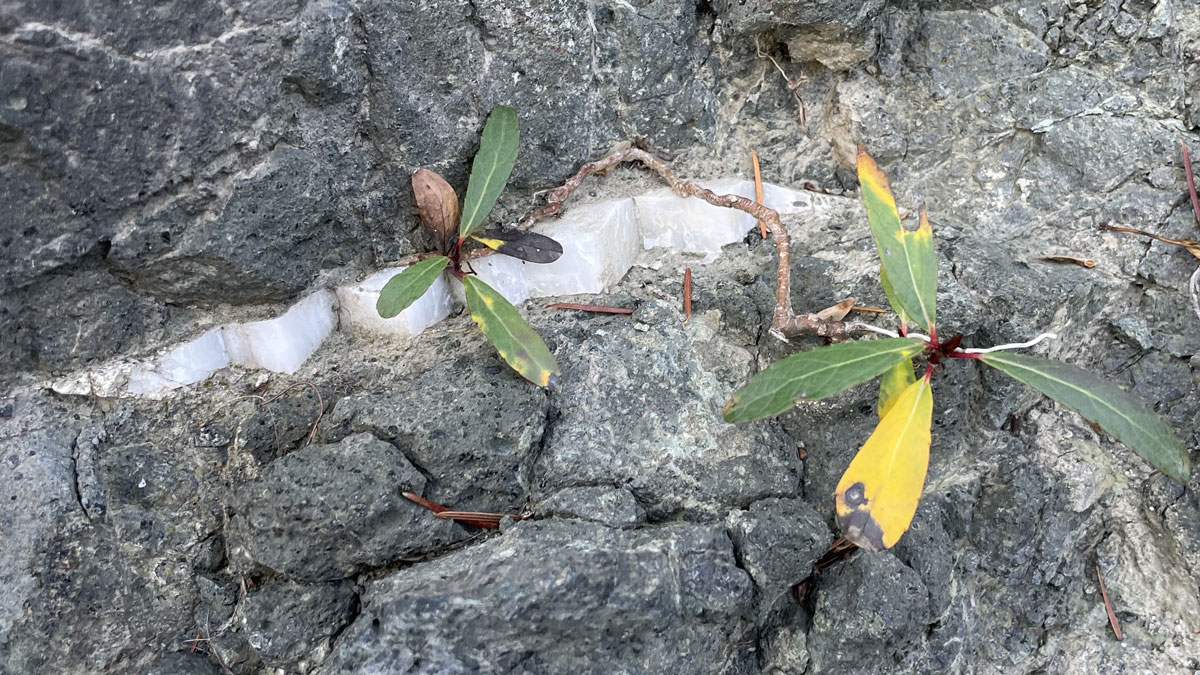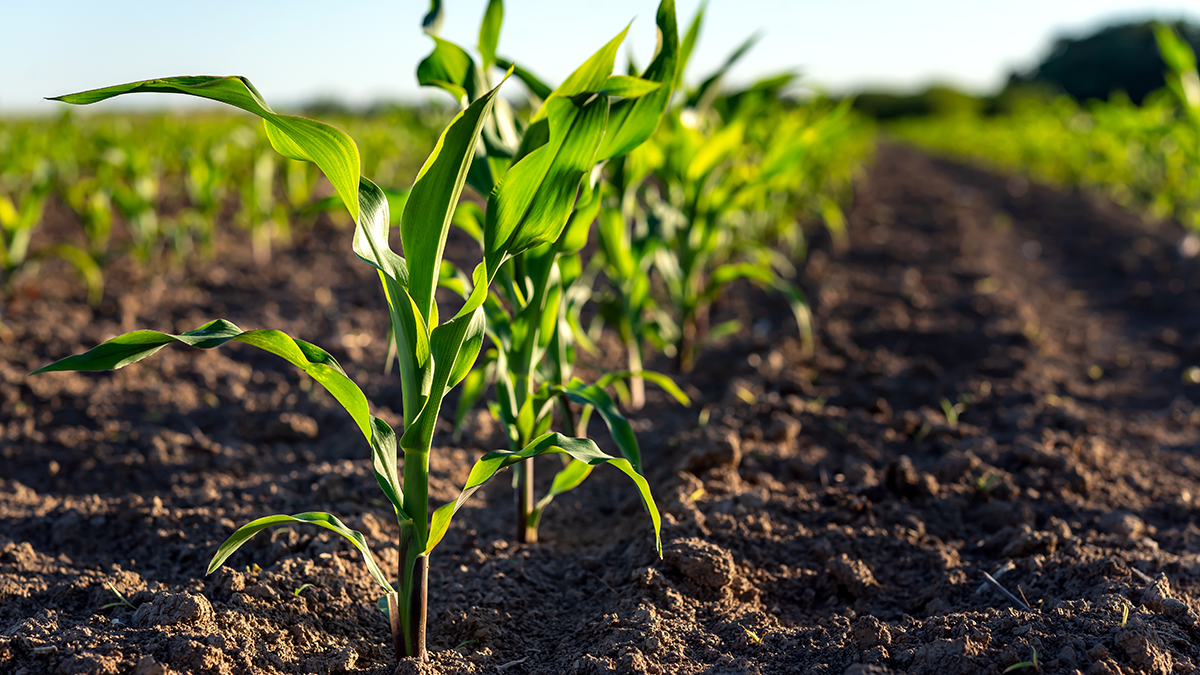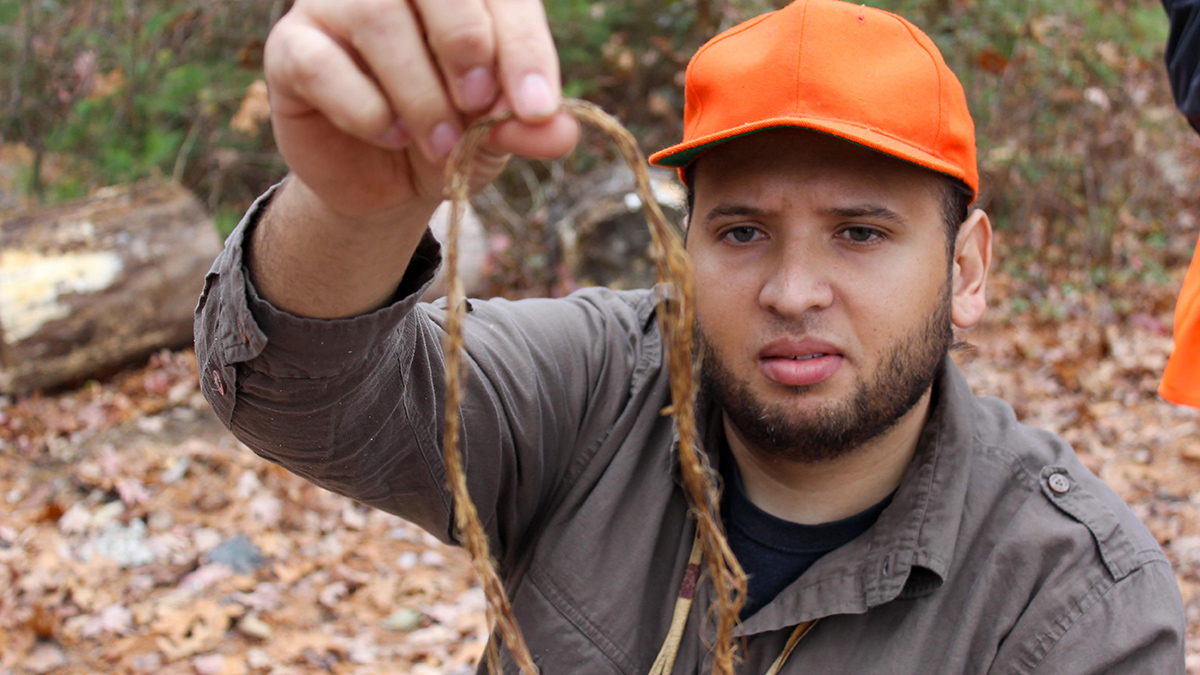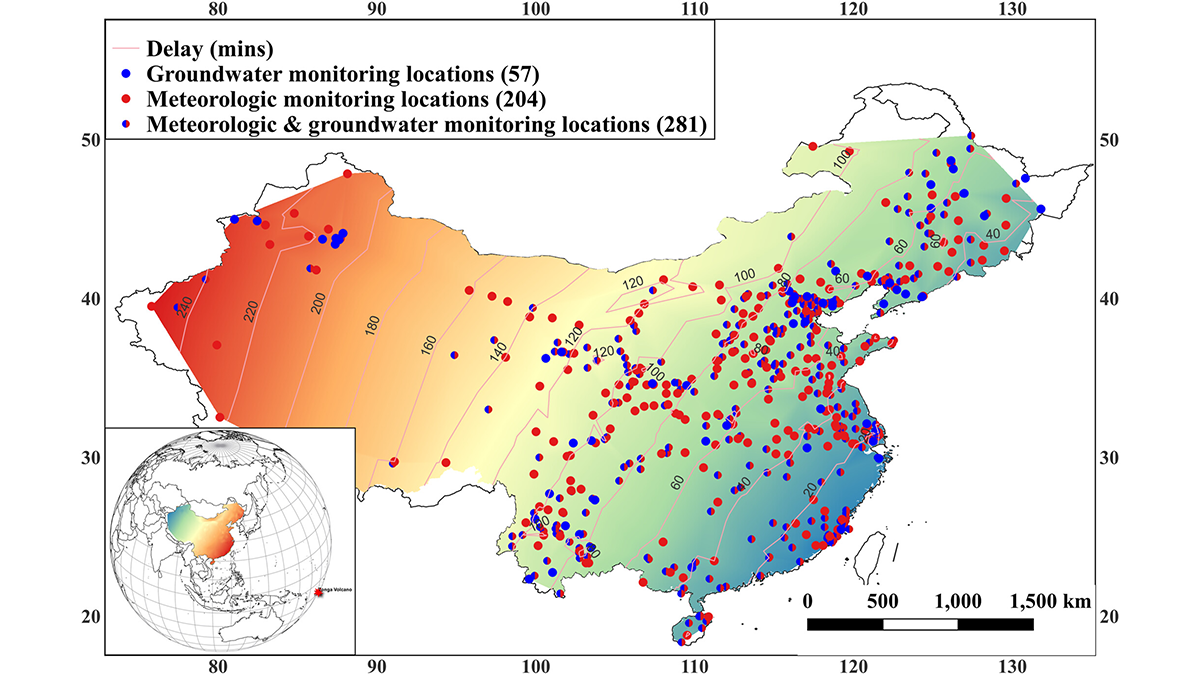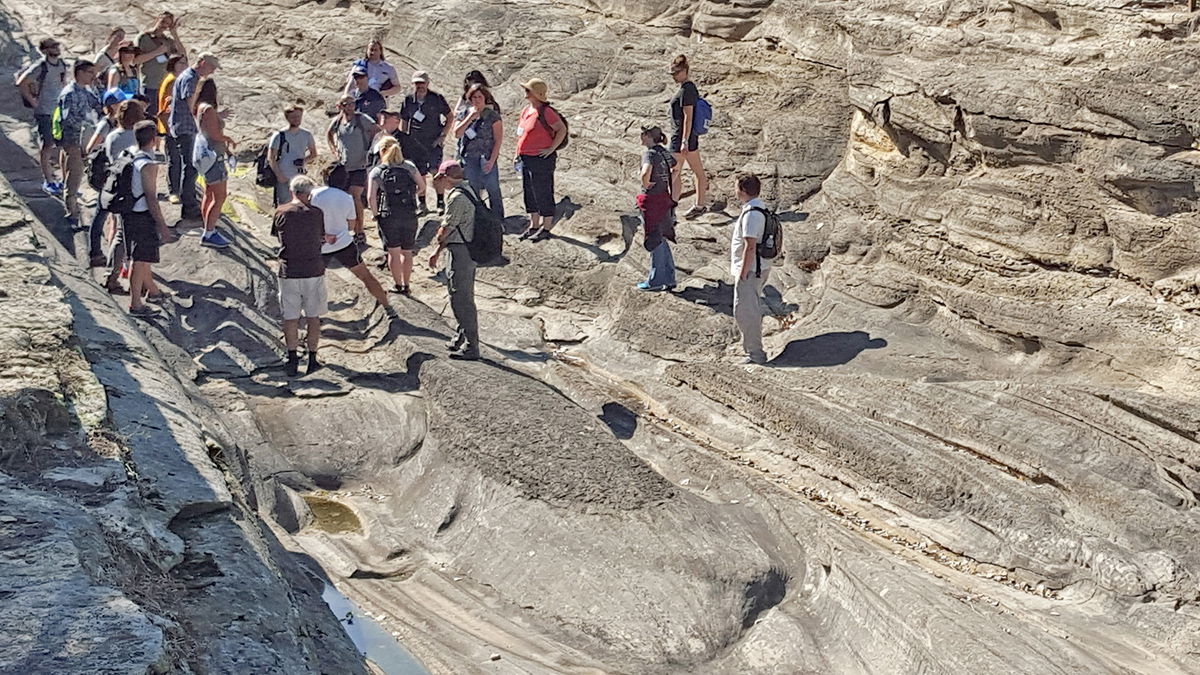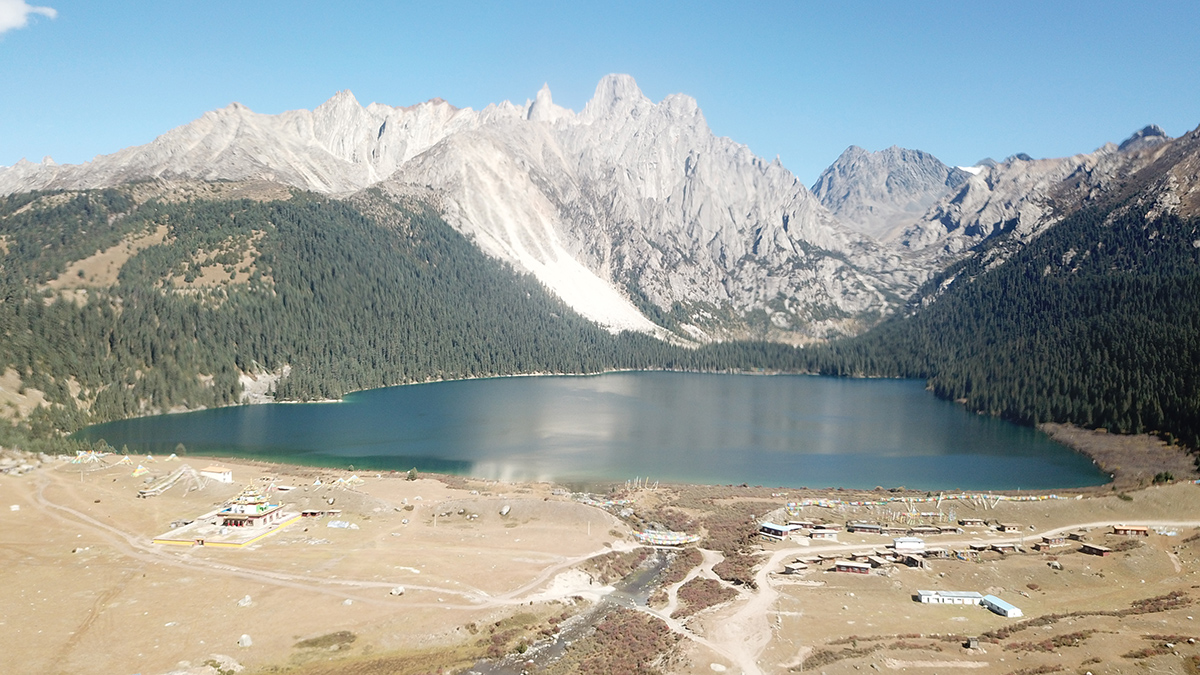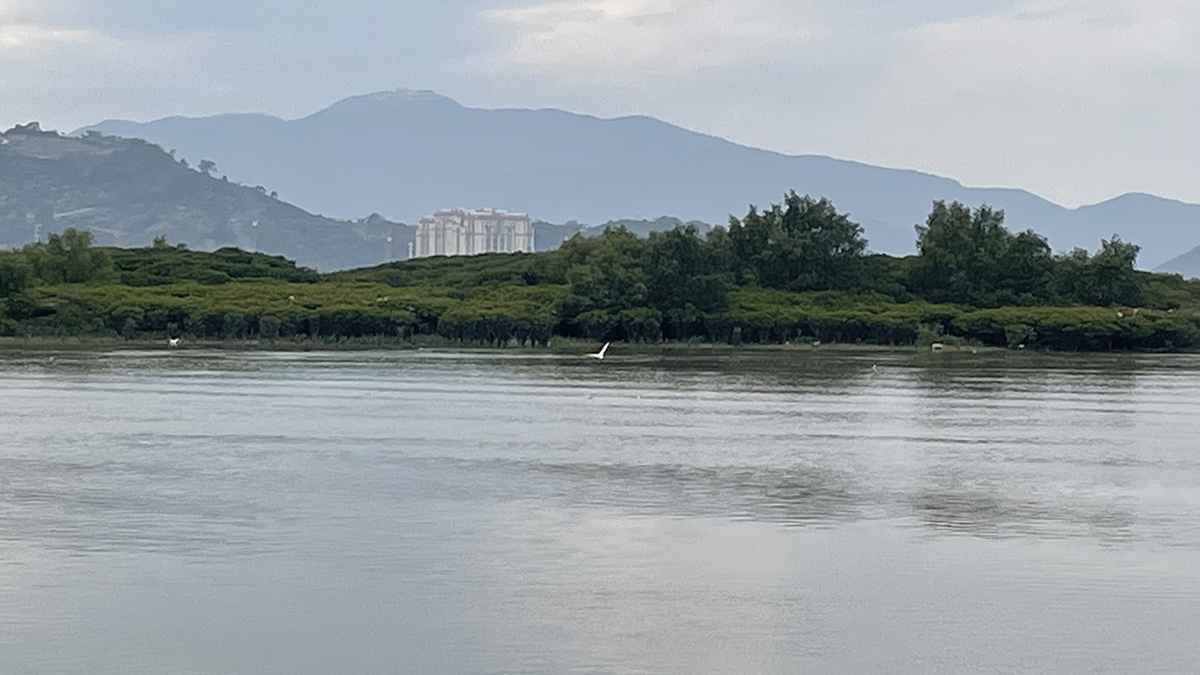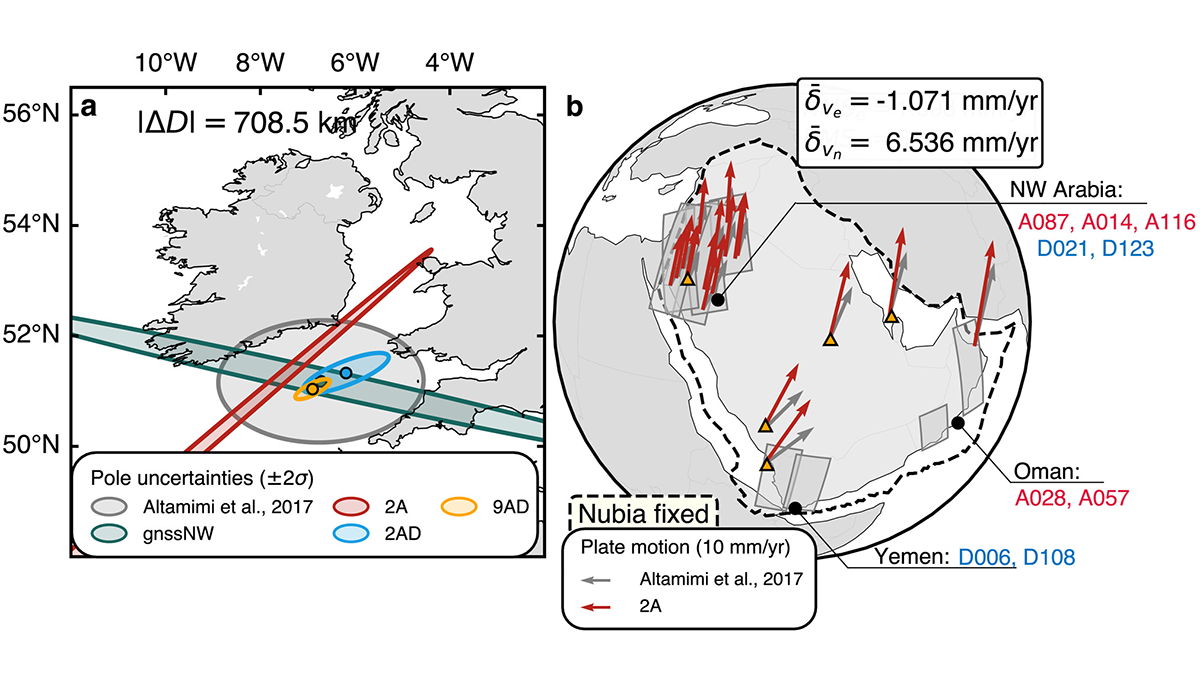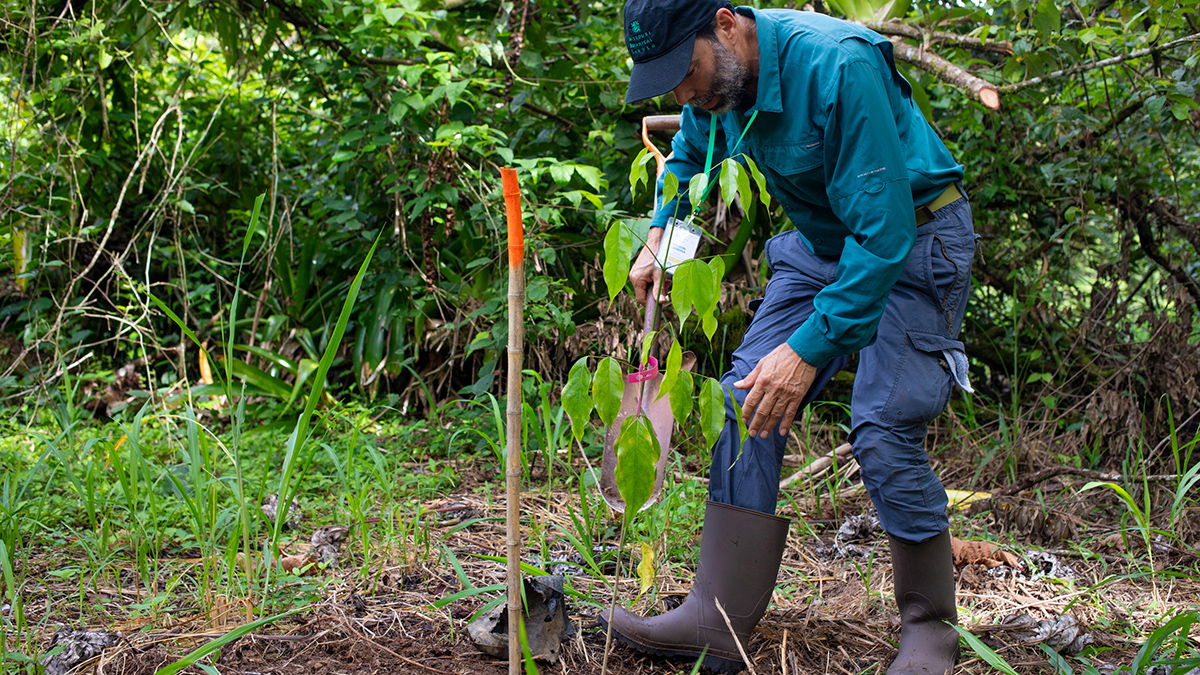Es momento de aceptar que el almacenamiento duradero de carbono en el subsuelo, junto con la reducción de emisiones, debe ser parte del plan para mitigar los efectos del cambio climático, y las geociencias deben desempeñar un papel central.
Earth science
Why Crop Yield Decreases at High Temperatures
Scientists find that water stress drives the connection between surface temperature and crop yield loss, providing information to help improve predictions of agricultural productivity under climate change.
Susanne Maciel: Marrying Mathematics and Geology
A geophysicist brings math down to Earth and reaches a rural audience.
Cassius Spears Jr.: Conserving the Living Soil
This soil scientist braids the Traditional Ecological Knowledge of his ancestors with modern soil conservation practices to help Rhode Island’s farmers and land stewards.
A Volcanic Boom Puts the Squeeze on Remote Confined Aquifers
A new study shows that ground water levels responded to forcing by barometric pressure pulses from the 2022 Hunga Tonga-Hunga Ha’apai Volcanic Eruption.
Getting Schooled in Complex Earth System Modeling
Training schools focused on modeling solid Earth responses to ice mass changes offer lessons on how early-career scientists can build professional networks and learn skills to solve complex problems.
How Earthquakes Shake Up Microbial Lake Communities
After an earthquake, a lake’s geological, chemical, and biological components get reconfigured. A new study dives into the effects of seismic shifts on the Himalayas’ Lake Cuopu.
Mapping the Whereabouts of Continents
A new method integrates Interferometric Synthetic Aperture Radar (InSAR) with conventional ground geodetic networks, taking us closer to high-resolution mapping of plate motions.
First Species-Level Assessment Reveals Extinction Risk in Mesoamerica
Forty-six percent of tree species in Mesoamerica are threatened with extinction. Researchers hope a new regional study will inform targeted conservation strategies.

